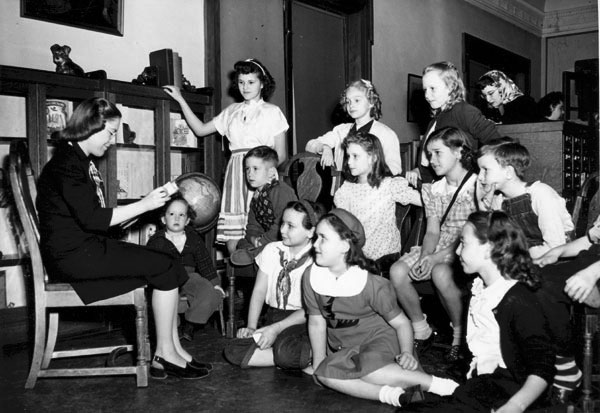Story Time
People at my work talk a lot about "narrative."
A campaign's message must be narrative-driven. When an organizer sits down with a new volunteer, they tell their "story."
This is a relatively new approach for campaigns, though community organizers and advocacy groups have framed their strategy in this way for years. Marshall Ganz is the prophet of the religion of narrative. A professor at Harvard, a veteran of United Farm Workers strikes, SNCC voter registration drives and other bright spots in progressive organizing history, he found acolytes in the Obama field organization. Some of his Harvard students and trainees went on to take substantial roles in the campaign.
Cesar Chavez and Marshall Ganz
Talking points are pooh-poohed. Yes, you can talk about health care. But the way you do it is very personal. You tell your story about health care. The choices you make in the story reveal your values. Your values ultimately determine where you stand.
Of course, people just don’t tell stories about themselves. One thing that leaders- political or otherwise- have the power to do is define the story of a people. If you think about it, Barack Obama has sought to tell the story of America in all his speeches. One of our largest campaign mailers had the words “His story is the American story” in big letters.
Stories are powerful. They shape the way people think about themselves, their country, their town, their leaders.
I have been totally bought into this idea. Why not, right? It’s intuitive, and it’s an approach that makes me feel good about the work I do. I’m not selling a candidate. I’m telling an empowering story, etc., all the things above.
This was all problematized by something I read the other day by Joan Didion (On a side note- oooh! Look at me! I’m reading Joan Didion!).
She writes a beautiful, tragic account of “The Jogger” in Central Park in 1989. This was before any of us read newspapers, but apparently it was a huge national story. Six young black and latino kids were accused of brutally raping and murdering a white investment banker Wellesley grad. A big teachable moment that everyone- New York Times columnists, the Mayor, the tabloids- weighed in on.
This was a moment where people came together, took a stand, and said no to crime. Nights out against crime were held. Major speeches were delivered. The message was essentially that this woman was brave, these kids were monsters, and no, we will not let this happen again.
The accused
The truth was more complicated, and the whole long essay gets into the murky details, but what struck me most was this-
The insistent sentimentalization of experience, which is to say the encouragement of such reliance, is not new in New York. A preference for broad strokes, for the distortion and flattening of character and the reduction of events to narrative, has been for well over a hundred years the heart of the way the city presents itself: Lady Liberty, huddled masses, ticker-tape parades, heroes, gutters, bright lights, broken hearts, 8 million stories in the naked city; 8 million stories all the same story, each devised to obscure not only the city’s actual tensions of race and class but also, more significantly, the civic and commercial arrangements that rendered those tensions irreconcilable.
Joan Didion is right to be wary of narrative. There are, after all, bad stories. Hateful stories that have misplaced heroes and enemies. There are dishonest stories.
Narrative is not inherently bad. Mostly, her trouble is with convenient narratives, those that seek only to confirm our suspicions and organize our confusing world into manageable, banal lessons.
Ultimately though, stories are the way people come to understand one another. People don’t interact with other people as much as they used to. Civic organizations are dying. At this point we need more social glue to bring people together.
Maybe what we should be pushing for is not more or less stories, but better stories. More complicated, honest stories that don’t flatten or distort, but enrich our understanding of other people. That, at least, is what I will tell my co-workers. Whether or not they listen to my long-winded story is an open question.


